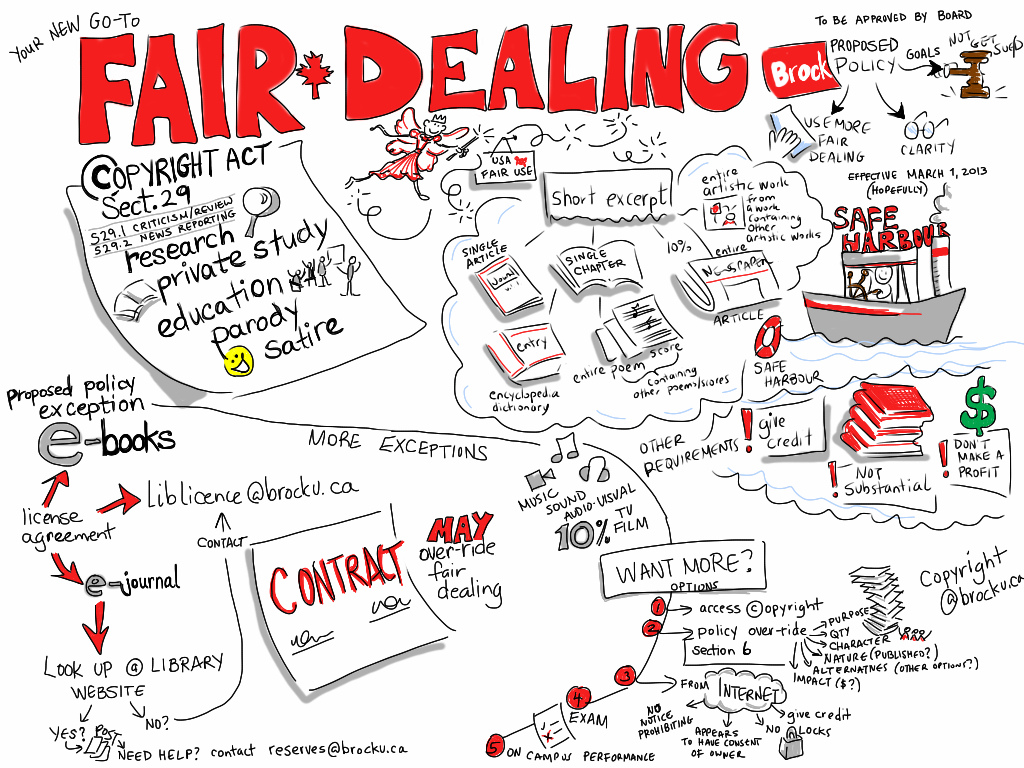Reverse engineering is the scientific method of taking something apart in order to figure out how it works. Reverse engineering has been used by innovators to determine a product's structure in order to develop competing or interoperable products. Reverse engineering is also an invaluable teaching tool used by researchers, academics and students in many disciplines, who reverse engineer technology to discover, and learn from, its structure and design.
The need for a reverse engineering provision therefore follows from some of the discussion last week – it is pro-competitive as it facilitates the creation of compatible devices as well as greater competition in the marketplace.
While there may be general agreement on the need for a reverse engineering provision, it is essential that Canada avoid the U.S. DMCA approach which has been widely criticized for being too limited in scope and thus woefully ineffective.







